Photo



Wolves by Ivan Bilibin.
28K notes
·
View notes
Text

Inktober day 27 - Beast
6K notes
·
View notes
Text

now she’s all ready for spooky season—are you? 🌕🐺
78K notes
·
View notes
Text
Inside you are two wolves. When you put the moon in there (big wheel of cheese), they start howling.
45 notes
·
View notes
Text
Post the most recent gif you have with no context
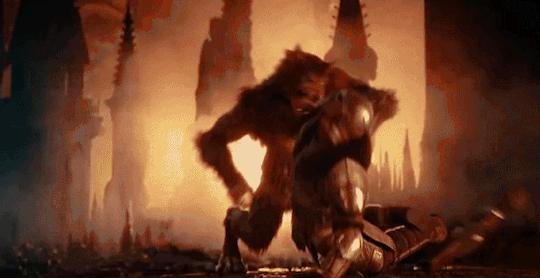
78K notes
·
View notes
Text
So in the past few years I’ve seen so many videos / posts that are like:
“Actually wolves don’t have hierarchies! They live in family groups where the ‘alphas’ are mom and dad and the other wolves are their CHILDREN and offer their respect willingly! :D”
and I just have to say
how dare you try to make normative nuclear families out of wolves
Yes, a lot of the old “nature red in tooth and claw” stuff about wolves is nonsense. (Like anything from Jack London.) And anything ‘alpha’ you see sleazy men trying to relate to dating (yikes!) is especially nonsense.
But wolves are complex social creatures and they create complex social structures. Just as you can’t say “THIS is the way human society is structured. Just THIS single way and no other”, so too there is no single form for a wolf pack.
Some packs are a mom wolf and a dad wolf and their wolf children. Others are two small ragged packs that combine to form a large pack. Others are packs where a lone wolf joins and eventually becomes a leader. Others are packs where a grown child-wolf has pushed their parent out of the leadership role.
Speaking of the latter, let’s look at the tale of Wolf 40 and Wolf 42.
Wolf 40, Wolf 41, and Wolf 42 were wild Yellowstone wolves, daughters of the alphas. Their father was illegally killed by hunters and shortly after ambitious Wolf 40 ousted her mother, driving her out of the pack. Wolf 21 became the new alpha male, and 40′s mate.
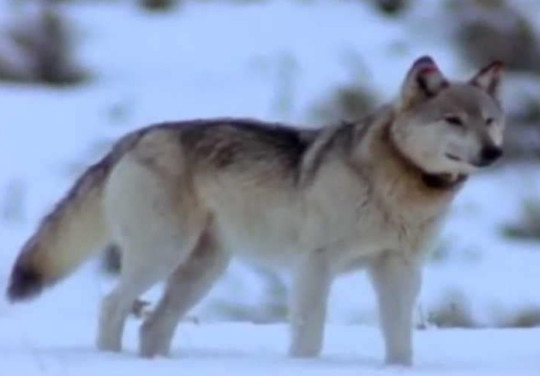
Wolves have personalities, and Wolf 40′s personality was “volatile”. Imagine Scar from The Lion King combined with the boss from Office Space, and you have Wolf 40. She habitually bullied the other female wolves, attacking them until they expressed abject submission. And the wolves that got the worst of it were her sisters, Wolves 41 and 42.
Wolf 41 got tired of the bullying and left. Wolf 42 remained, perhaps because she was close to Wolf 21, the alpha male. Despite that, Wolf 21 did not interfere when his mate harassed Wolf 42.
Unlike 40, Wolf 42 got along well with the other female wolves, spending time grooming them and relaxing with them. Wolf 40 could have followed her sister’s example and built up positive social bonds. But she didn’t.
One day, Wolf 40 went out on an important task. She was going to kill another litter of her sister’s pups–having done the same in two previous years. This isn’t uncommon wolf behavior (but is not universal, as we will see.) Typically only the alphas breed.
However, Wolf 40 never returned from her important task because Wolf 42–who previously had submitted to her alpha and sister, who had allowed the killing of two previous litters of pups–had had enough. She fought back.
And the other female wolves jumped to aid her.
Collectively, they killed Wolf 40. Because “alpha” isn’t a magic cloak of protection, it doesn’t even mean “strongest wolf”, it’s just a job title.
The next day Wolf 42 carried her pups, one by one, to her sister’s den. She set her children among the pups of her dead sister and raised both litters together. And when another wolf in the pack had pups, Wolf 42 carried them to the den to be communally raised as well. She was the alpha female now and she made the rules, and the first rule was “we don’t hurt pups here.”
As for Wolf 21, he became the mate of Wolf 42. Maybe he understood that Wolf 40 had been riding for a fall.
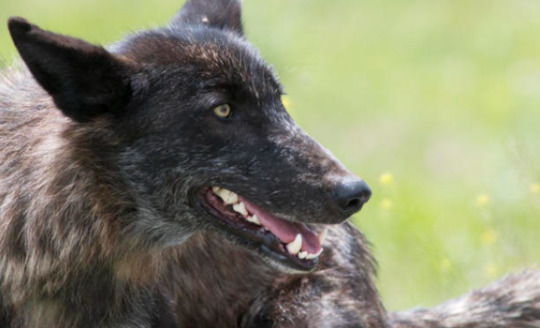
As alpha female, Wolf 42 continued to be supportive and kind towards the other pack members. Wolves who had been nervous wrecks under Wolf 40 began to relax and come into their own; one of the former omega wolves gained self-confidence and became one of the best hunters.
“Alpha”, for wolves, just means leader. They might be good leaders, whom you respect, or they might be bad leaders, who fill you with dread. They might be your parents, or they might not. Even if they are your mother or father, wolves don’t contextualize those relationships the same way humans do.
But one thing wolves have in common with humans is that they have individual personalities and experiences, and their actions derive from those. There is no “typical wolf pack.” And I think that’s beautiful.
If you want to learn more about wild wolf dynamics, I recommend reading the annual Yellowstone Wolf Project Reports. Which are FASCINATING. There are also some good wildlife specials out there.
Wolves are my favorite animal. <3 It pains me to see them misunderstood as crazed bloodthirsty brutes, but it also pains me to see them woobified. They deserve better than that.
90K notes
·
View notes
Photo
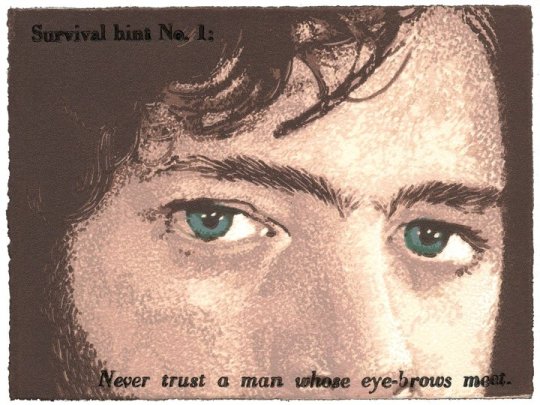


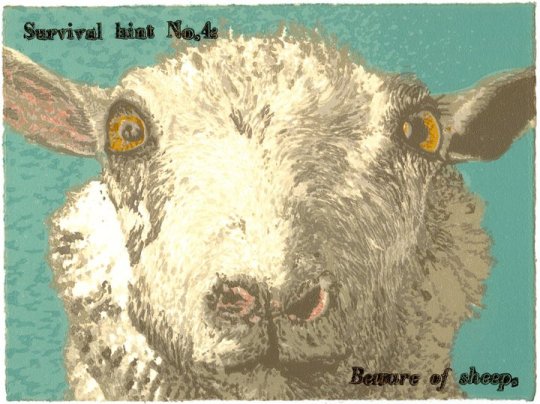




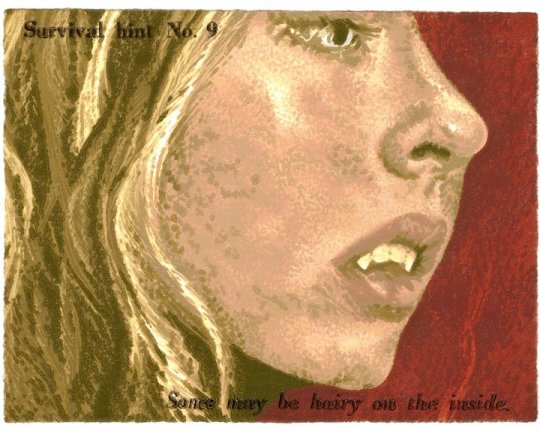

JAZMINA CININAS, Lycanthropy Survival Hints Nos. 1-10 (1999-2001)
2K notes
·
View notes
Photo



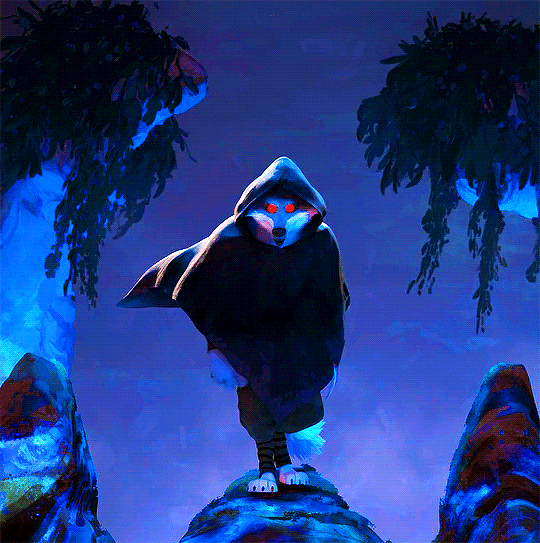


Wolf’s Defining Shots
#i have mixed feelings about posting puss in boots content to the werewolf blog#but ultimately#it fits#but i'm not going to tag it wolf or werewolf#because i refuse to think about it in enough depth to decide on which one this falls under
22K notes
·
View notes
Text
How to Ride a Werewolf

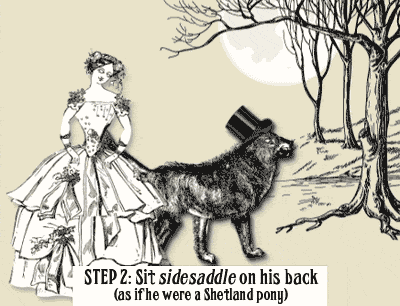
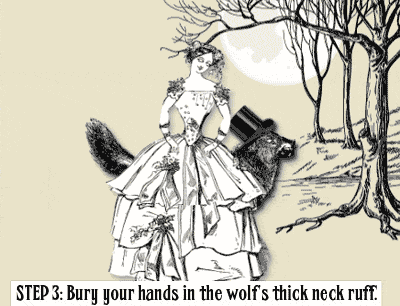
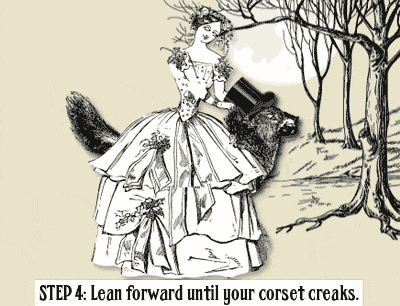

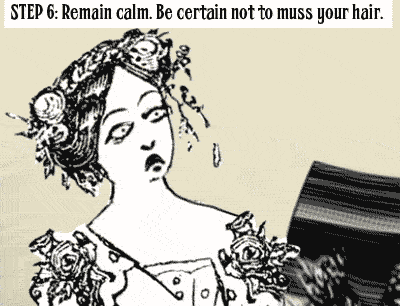
Now remember, a lady rides sidesaddle, NOT astride. Your mother would be in hysterics at the very idea that a daughter of hers would ride a werewolf astride! Why, next you’ll be showing ankle…
233K notes
·
View notes
Text
Nobody likes surveillance!
64K notes
·
View notes
Photo


Waxwork Directed by Anthony Hickox (1988)
3K notes
·
View notes





